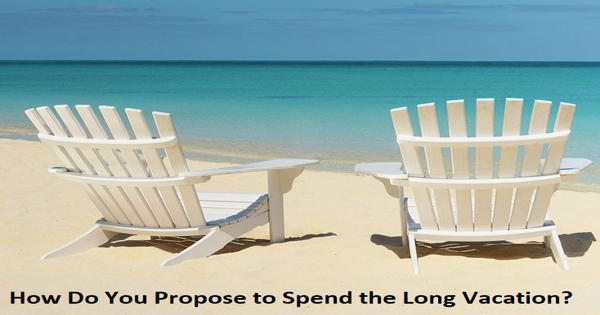Cygnus X-1 is a well-known galactic X-ray source. It is a galactic X-ray source in the constellation Cygnus and was the first such source widely accepted to be a black hole. It is thought to be a black hole in the constellation Cygnus. It is a binary star system that is a strong source of X-rays and that provided the first major evidence for the existence of black holes.
Cygnus X-1 is one of the closest black holes to Earth. It was discovered in 1964 when a pair of Geiger counters were carried on board a sub-orbital rocket launched from New Mexico.
It was discovered in 1964 during a rocket flight and is one of the strongest X-ray sources seen from Earth. Cygnus X-1 was the first X-ray source accepted as a black hole. The black hole pulls material from a massive, blue companion star toward it. It is among the most studied astronomical objects in its class. The compact object is estimated to have a mass of about 14.8 times the mass of the Sun. This material forms a disk that rotates around the black hole before falling into it or being redirected away from the black hole in the form of powerful jets. It is too small to be any known kind of normal star or other likely objects besides a black hole. If so, the radius of its event horizon is about 44 km.
Cygnus X-1 was first discovered when a pair of Geiger counters were blasted high into the atmosphere aboard a sub-orbital rocket. It is located about 7,000 light-years from Earth in the constellation Cygnus. The Geiger counters picked up a signal that scientists were able to trace back to a system containing a blue supergiant star orbiting another massive object some 7,200 light-years away. The primary star, HDE 226868, is a hot supergiant revolving about an unseen companion with a period of 5.6 days. The second object, they determined, was also strongly radiating X-rays, which would make sense if it were a black hole. Analysis of the binary orbit led to the finding that the companion has a mass greater than seven solar masses.

Observation of X-ray emissions allows astronomers to study celestial phenomena involving gas with temperatures in millions of degrees. Ultimately, the mass of a black hole is determined by its parent star’s properties and is generally constrained by the mass lost to stellar winds throughout its lifetime. However, because X-ray emissions are blocked by the Earth’s atmosphere, observation of celestial X-ray sources is not possible without lifting instruments to altitudes where the X-rays can penetrate. If a black hole interacts with a binary companion star, the system emits X-rays and can sometimes form radio jets, which make the systems visible to electromagnetic observations as an X-ray binary.
Cygnus X-1 was discovered using X-ray instruments that were carried aloft by a sounding rocket launched from White Sands Missile Range in New Mexico. As part of an ongoing effort to map these sources, a survey was conducted in 1964 using two Aerobee suborbital rockets. The new measurements establish Cygnus X-1 as the most massive electromagnetically detected stellar-mass black hole currently known. The rockets carried Geiger counters to measure X-ray emission in a wavelength range of 1–15 Å across an 8.4° section of the sky. These instruments swept across the sky as the rockets rotated, producing a map of closely spaced scans.
Information Source:
















